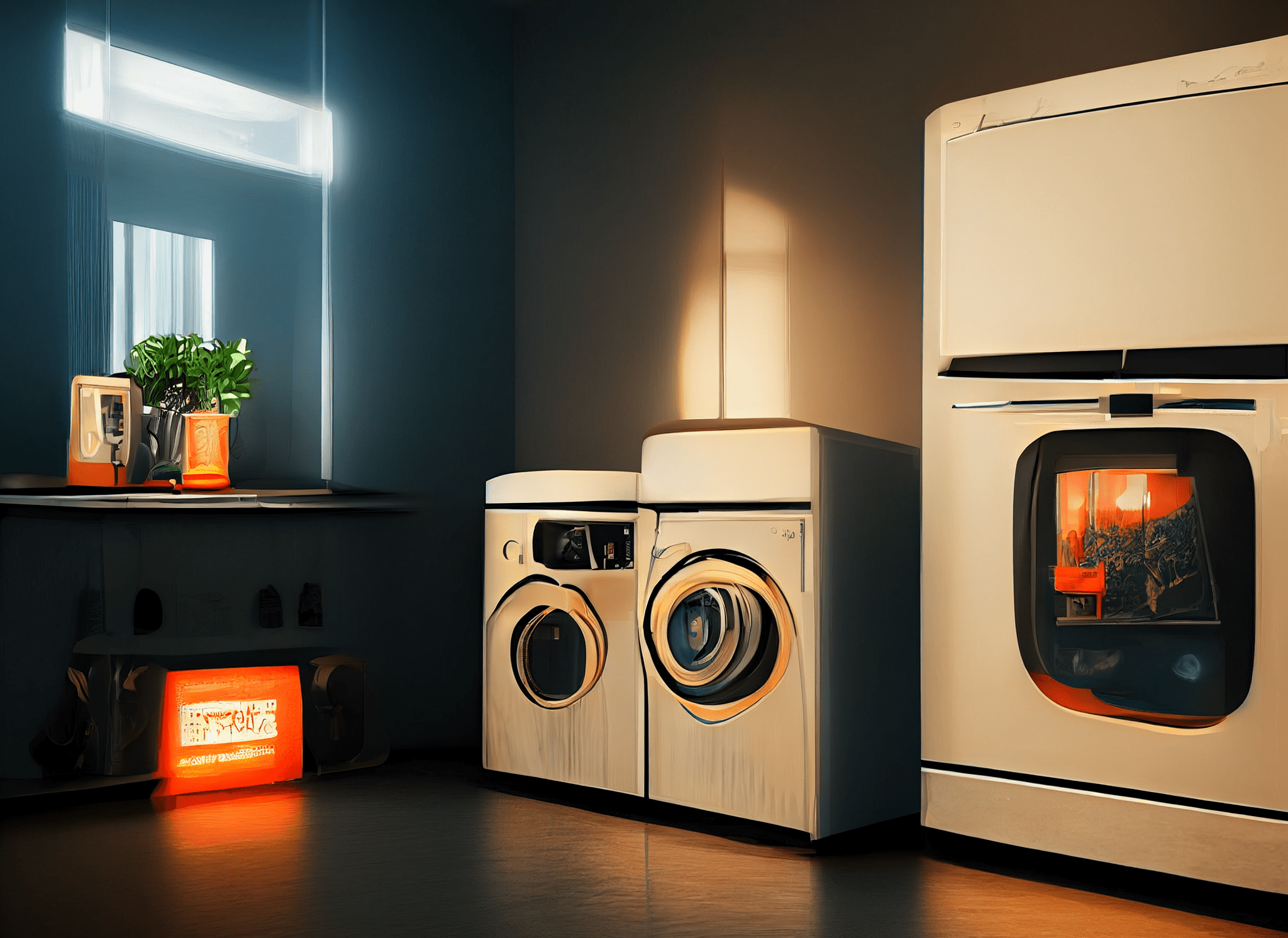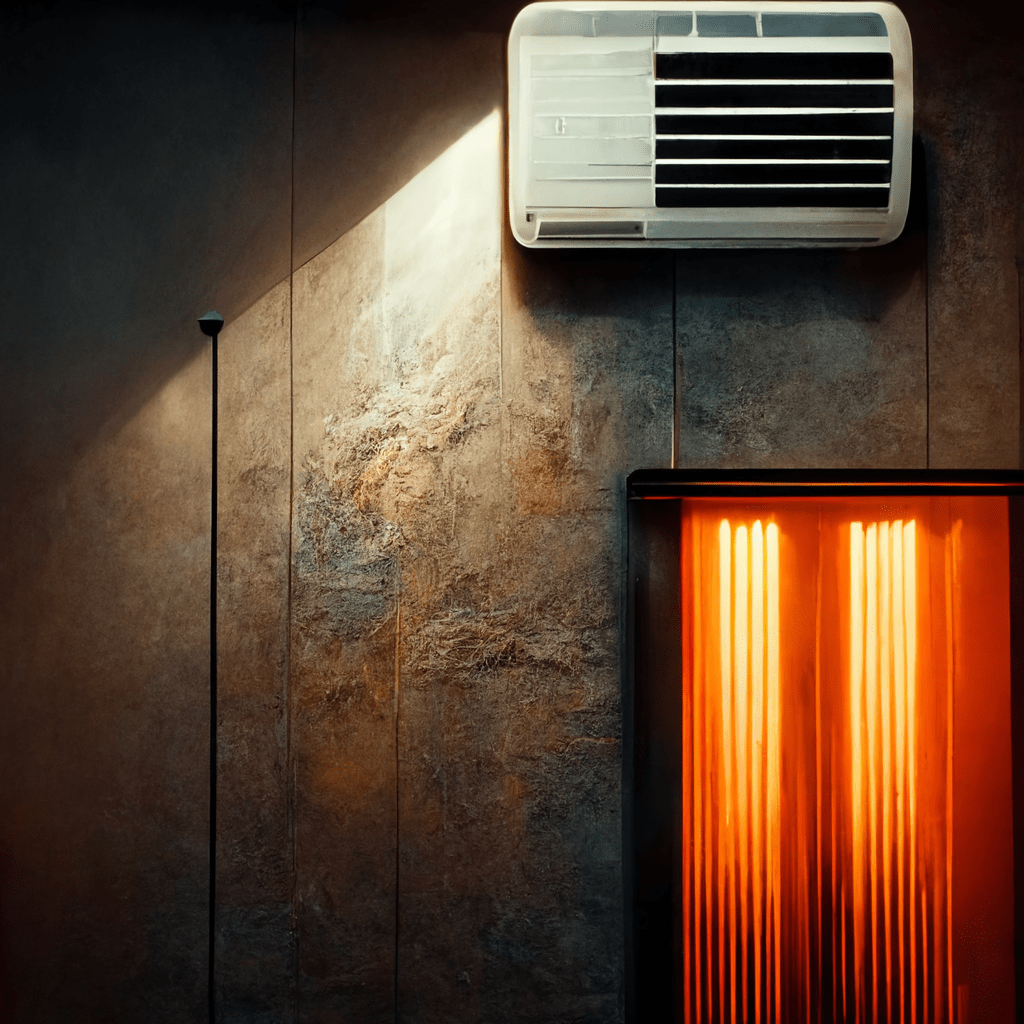
Top 8 Appliances that Consume Electricity the Most
Not all electrical appliances consume the same amount of energy. Some can account for more than 30% of your home’s energy share, while others only account for 1%. Knowing which appliances consume the most amount of energy can save you a lot of energy. You can not only use these appliances more consciously but can also add some replacements to cut down on energy costs.
We have jotted down a list of the top 8 appliances that consume the most energy. Check it out!
1. Heaters
Energy Consumption: 30-31%
One does not think of heaters when reviewing electrical costs. Heaters may not appear to be consuming lots of energy, but in reality, it accounts for more than 30 % of your electrical consumption. But adequate heating is often not a luxury but a necessity. One may not be able to cut down on heating costs. The best alternative for you is to add insulation around the house. Loose-fill insulation is easily installed and can reduce energy costs. If you plan to build a new home, you can use spray foam for extra insulation.
2. Cooling appliances
Energy Consumption: 10-11%
You might be shocked to know that it takes much more energy to heat a room than to cool it, which is why your cooling appliances consume less electricity. You can use similar methods of insulation to trap cool air in the room. Moreover, weatherstripping your home can also help seal cracks and gaps and prevent hot air from entering your room. Additionally, you can try installing inverters instead of air conditioners to further reduce the cost.

Image Created by Solarmarkit ©
3. Water heaters
Energy consumption: 13-14%
In most countries around the world, water heaters are necessary for survival. Gone are the days when people used to fetch wood and burn it to heat water. Now water heaters do the job, but at what cost?
Water heaters consume a lot of energy, especially if operated all day. To save some electricity, you can try replacing the tank water heater with a tankless one. The advantage of the latter is that it only heats water as required. Alternatively, you can install a solar water heater to meet your needs.
4. Refrigerators and freezers
Energy Consumption: 4-5%
Most homes only have one refrigerator or one freezer, but these small appliances can consume a lot of energy. Regardless of whether you keep one item in the freezer or a bunch, the refrigerator will consume around 4% of your electricity to keep the food frozen. To save on energy costs, you can try replacing your old refrigerator with a brand new one, ideally one that has a higher star rating. Branded type A models help save energy.
5. Washing Machines and Clothes Dryers
Energy Consumption: 3-4%
We have coupled them together because most homes use neither of these appliances or both of these appliances together. But there are a couple of ways to save electricity. With washing machines, try operating them at full load every time so you don't have to wash small batches of clothes frequently. With a clothes dryer, you can try the same technique. Additionally, you can semi-dry your clothes and put them under the sun to dry naturally.
6. Entertainment systems
Energy Consumption: 2.5-3%
With today’s technological advancements, home entertainment systems have improved for the best. LCDs have turned into LEDs, and screens have become smaller, but that's not all that's changing. These systems are not only sleeker, but they are also much more efficient. Apart from buying a more advanced entertainment system, you can save energy by removing the plugs from standby switches. Smart plugs also help; they shut off power automatically when the system is not in use.

Image Created by Solarmarkit ©
7. Computers and Laptops
Energy Consumption: 10-20%
Although everyone is using mobile phones these days, the importance of laptops and computers has not diminished. People still use these devices for office and home jobs. Luckily for you, computers and laptops only consume 1% of your electricity. However, there is a way to reduce this even further. Operate your laptops and computers at low brightness and don’t keep them on charge for too long. Moreover, replacing your old devices with more efficient ones also reduces energy consumption.
8. Fans
Energy Consumption: 1%
Depending on the number of furnace fans that operate in your home, the energy they consume is very minimal. However, if you still want to reduce energy consumption, you can look for fans with a higher star rating. Moreover, you can take small steps like switching off the fans when they are not in use. You can do the same with light bulbs. Many people have the habit of switching on many light bulbs in a single room. This comes at a cost to you- and the planet.
Conclusion
High utility bills can take a toll on consumers. Most are unable to escape the vicious cycle of expensive electricity bills, but now that you have an idea of what consumes how, you're ready to manage your resources better.


0 Comments